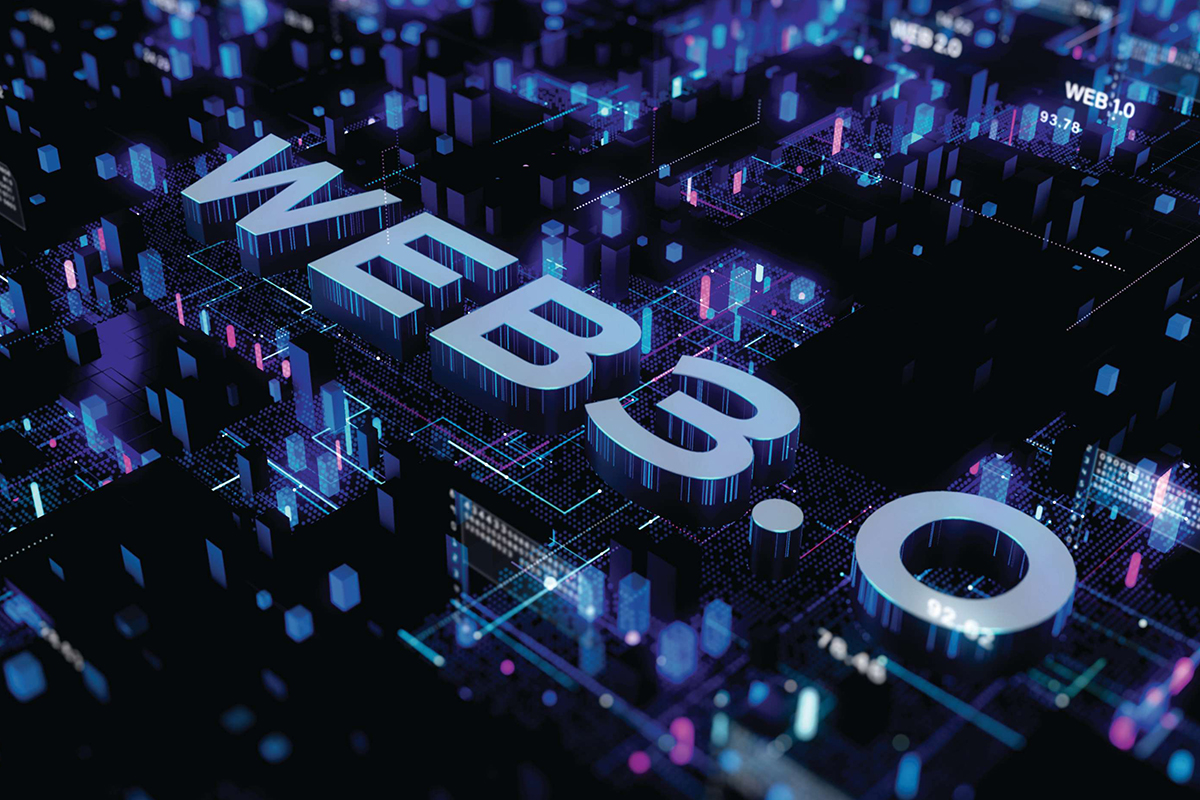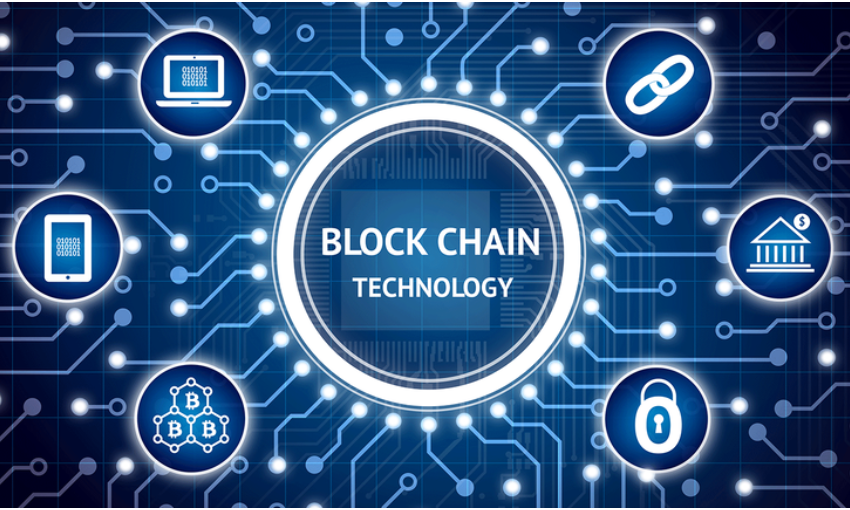Exploring the Future of the Internet: Understanding Web3 Technology
Web3 technology represents the next evolution of the internet, offering a decentralized, user-centric approach to online interactions and transactions. Built on blockchain, cryptographic protocols, and decentralized networks, Web3 aims to empower users with greater control over their data, identity, and digital assets while fostering trust, transparency, and interoperability across the digital landscape. In this comprehensive guide, we delve into the intricacies of Web3 technology, exploring its key principles, applications, and potential implications for the future of the internet.
Understanding Web3 Technology
Definition and Concept
Web3 refers to a decentralized version of the internet that prioritizes user sovereignty, data ownership, and interoperability. Unlike Web2, which relies on centralized platforms and intermediaries, Web3 leverages blockchain technology and decentralized networks to enable peer-to-peer interactions, transactions, and value exchange without the need for trusted third parties.
Key Principles
Key principles of Web3 technology include decentralization, encryption, self-sovereignty, and programmability. These principles empower users to control their digital identity, data, and assets while enabling trustless interactions and transactions through smart contracts and decentralized applications (dApps).
Applications of Web3 Technology
Decentralized Finance (DeFi)
Decentralized finance (DeFi) represents one of the most prominent applications of Web3 technology, enabling peer-to-peer lending, borrowing, trading, and asset management without reliance on traditional financial intermediaries. DeFi platforms leverage smart contracts and decentralized protocols to provide transparent, permissionless, and inclusive financial services.
Non-Fungible Tokens (NFTs)
Non-fungible tokens (NFTs) are unique digital assets that represent ownership or proof of authenticity of digital or physical assets on the blockchain. NFTs enable creators to tokenize digital art, collectibles, virtual real estate, and other unique assets, facilitating ownership, provenance, and monetization in the digital realm.
Decentralized Identity (DID)
Decentralized identity (DID) solutions leverage blockchain technology to enable individuals to control and manage their digital identity and personal data securely. DID platforms provide users with verifiable credentials, authentication mechanisms, and privacy-enhancing features, empowering individuals to protect their identity and privacy online.
Benefits and Challenges of Web3 Technology
Benefits
- User Empowerment: Web3 technology empowers users with greater control over their data, identity, and digital assets, reducing reliance on centralized platforms and intermediaries.
- Interoperability and Interconnectivity: Web3 fosters interoperability and interconnectivity across disparate systems and networks, enabling seamless data exchange and value transfer.
- Innovation and Creativity: Web3 technology fuels innovation and creativity by providing a permissionless, open-source platform for developers to build decentralized applications and experiment with new business models.
Challenges
- Scalability and Performance: Scalability and performance remain challenges for Web3 technology, with concerns about network congestion, high transaction fees, and latency hindering mainstream adoption.
- Regulatory Uncertainty: Web3 operates in a rapidly evolving regulatory landscape, with uncertainty surrounding compliance, taxation, and legal frameworks.
- User Experience and Adoption: Improving user experience and driving adoption are critical for the success of Web3 technology, with concerns about complexity, usability, and accessibility for mainstream users.
The Future of Web3 Technology
As Web3 technology continues to evolve and mature, it holds the potential to reshape the internet, empower individuals, and unlock new opportunities for innovation, collaboration, and value creation. By embracing decentralized principles, fostering interoperability, and addressing scalability and usability challenges, the Web3 ecosystem can pave the way for a more open, inclusive, and resilient digital future.







